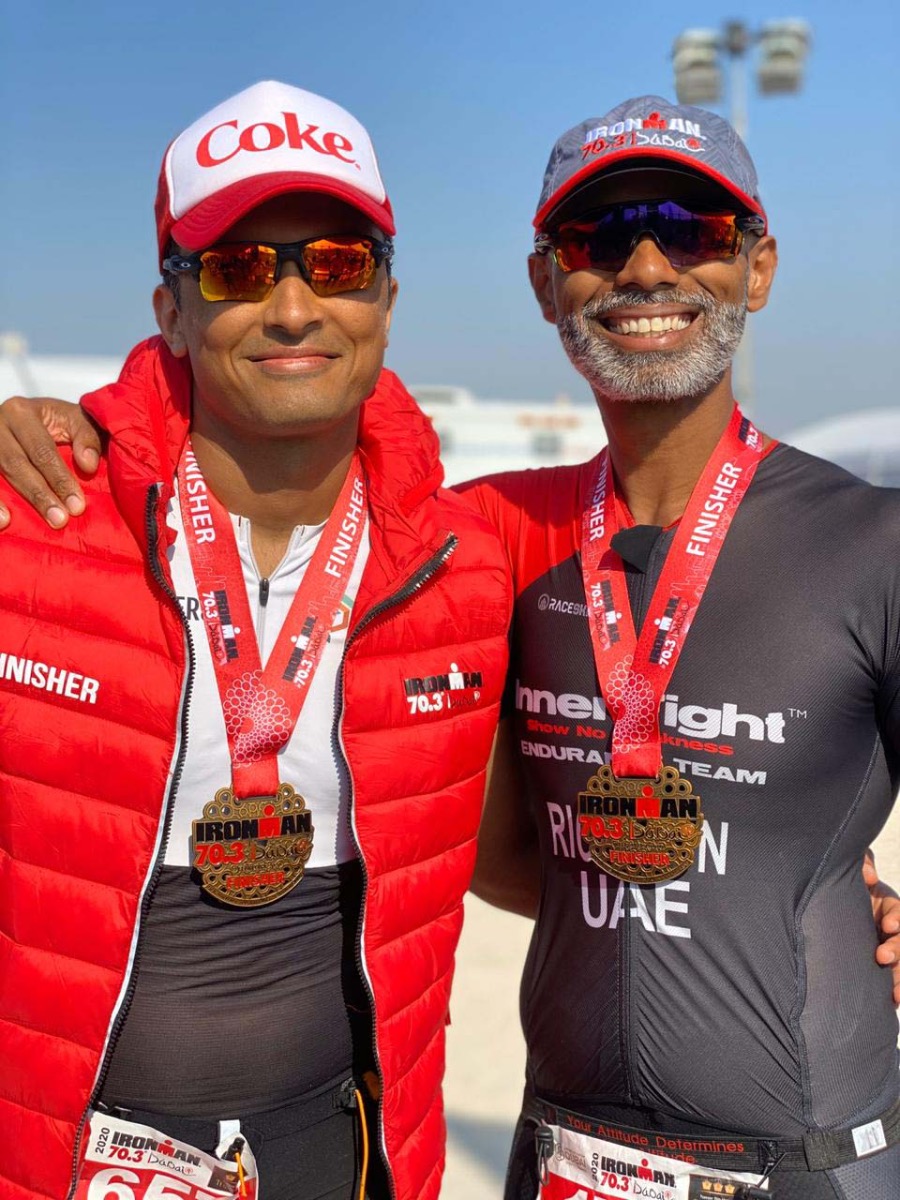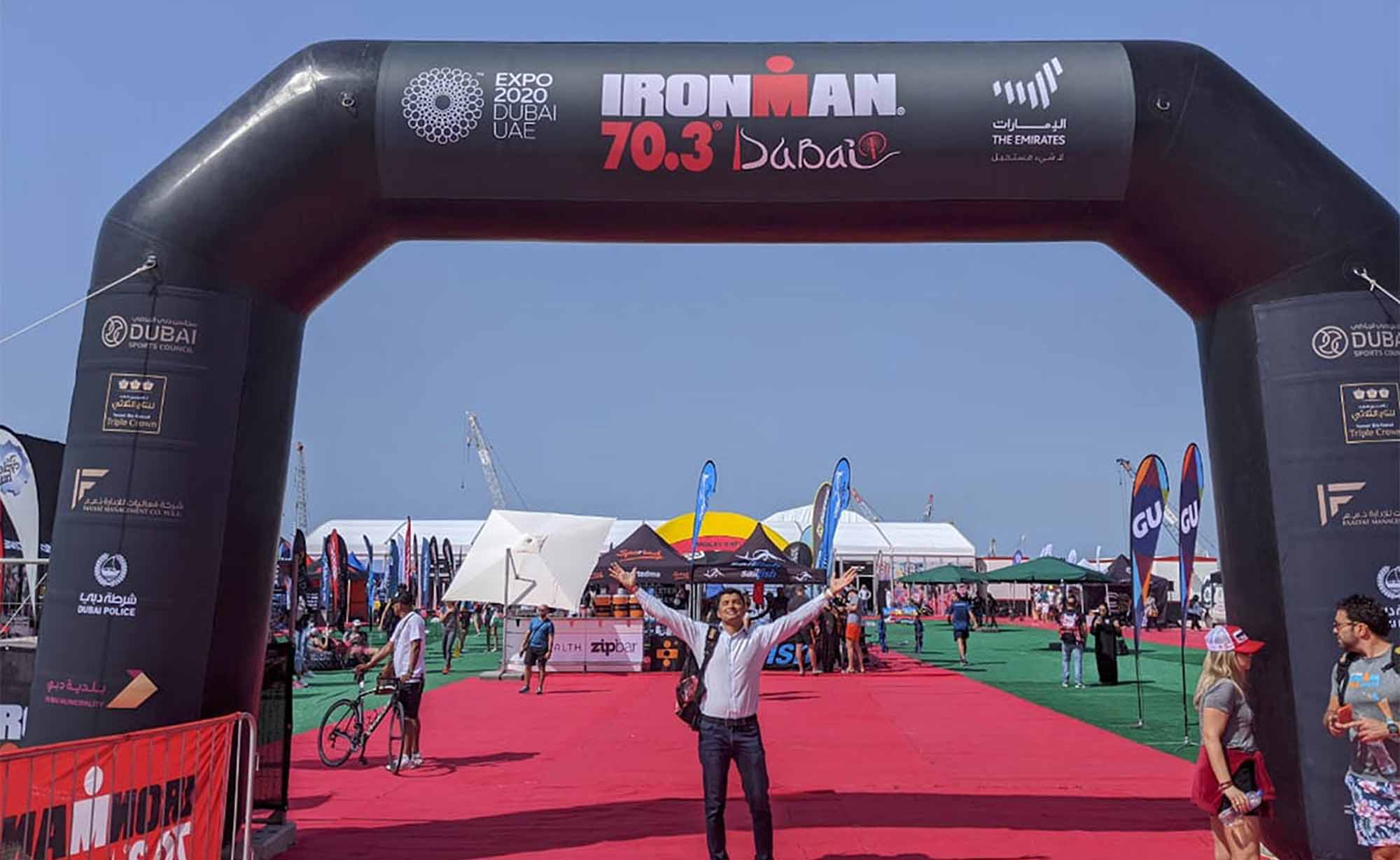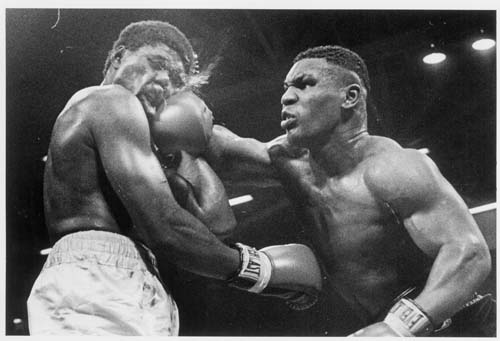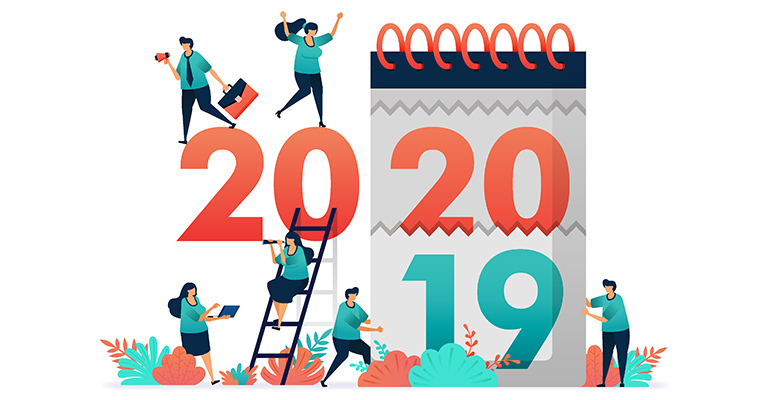Details
What Endurance Racing can teach you about business
15 Mar 2020
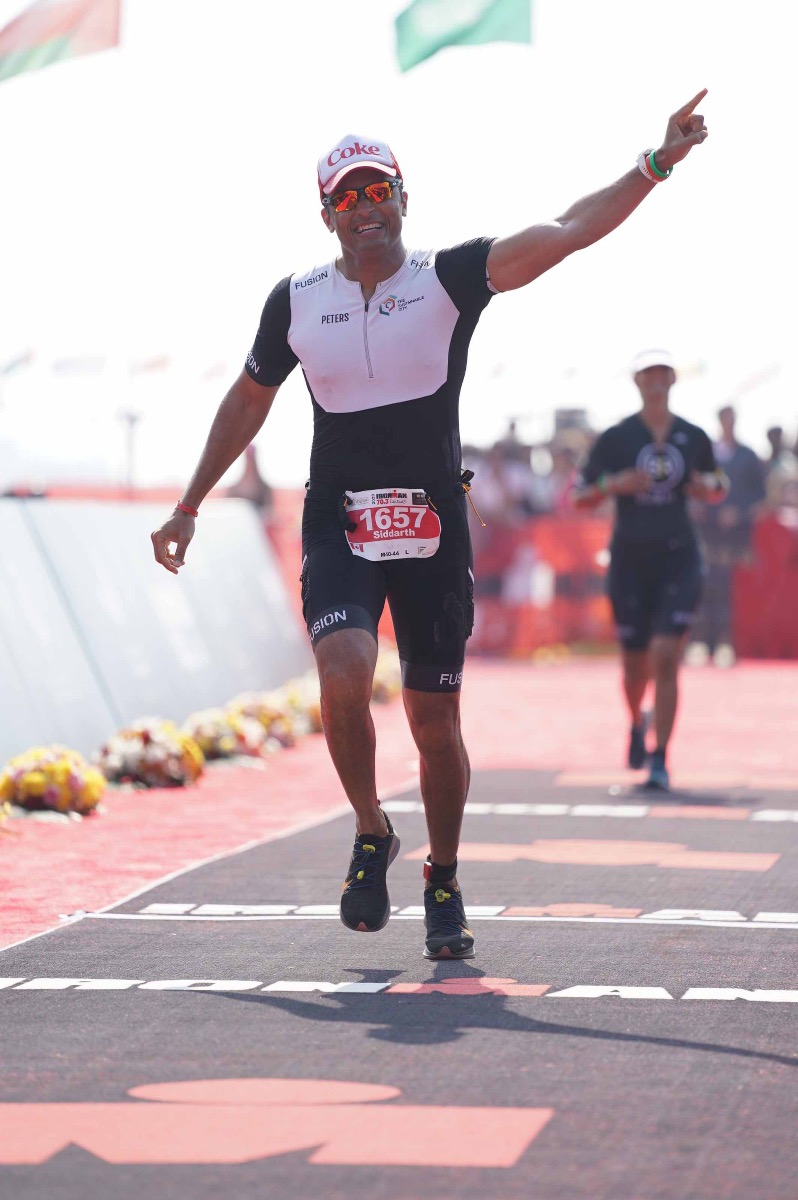
It was spring of 2010. I had torn my ACL for the second time, sitting in a wheelchair at the hospital contemplating how I could continue playing sports. I had played basketball since highschool and was now at a crossroads. My right knee had taken one too many injuries; I was remarkably slower than I needed to be and with the doctor draining the blood out of my knee, I realized my days with the basketball had truly ended.
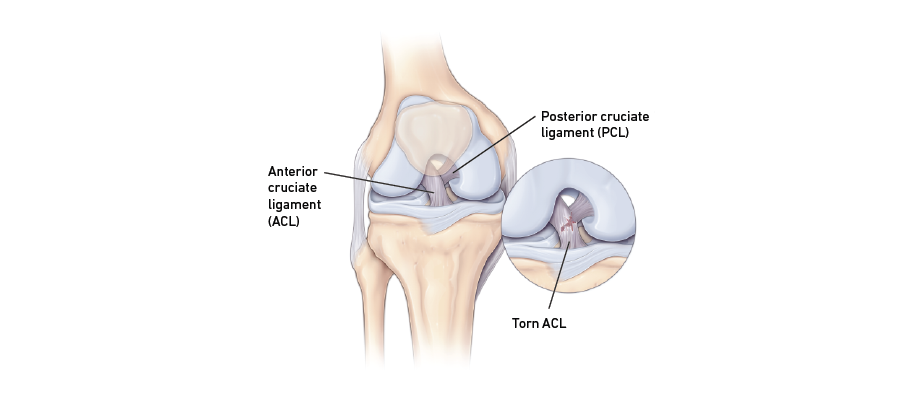
Years had passed trying a variety of sports from golf to cricket. All of which had its peaks and troughs, with every game, but they all seemed social at very best. The summer of 2015, we were driving down the california highway and stopped at Santa Barbara for the night. Sitting at a cafe the next morning for breakfast at the beach, I watched a batch of training life guards (Aged 10 - 18) racing up and down the beach without seeming to break a sweat. Applauding their endurance, I went on to finish my coffee, mentally archiving this moment.
A year later I had signed myself up for my first Sprint Triathlon (750m swim, 20km bike, 5km run), with an intention to train myself, after all there were plenty of “how to” videos on Youtube that could get me there. As insurance to not back out, I signed my 10 year old daughter to a duathlon at the same event. My race didn’t go well, I hyperventilated and cramped badly in the swim (not having ever swam in open water) which stretched my swim out to 45 mins and ended up exhausted on the run finishing the race in just under 3hrs.
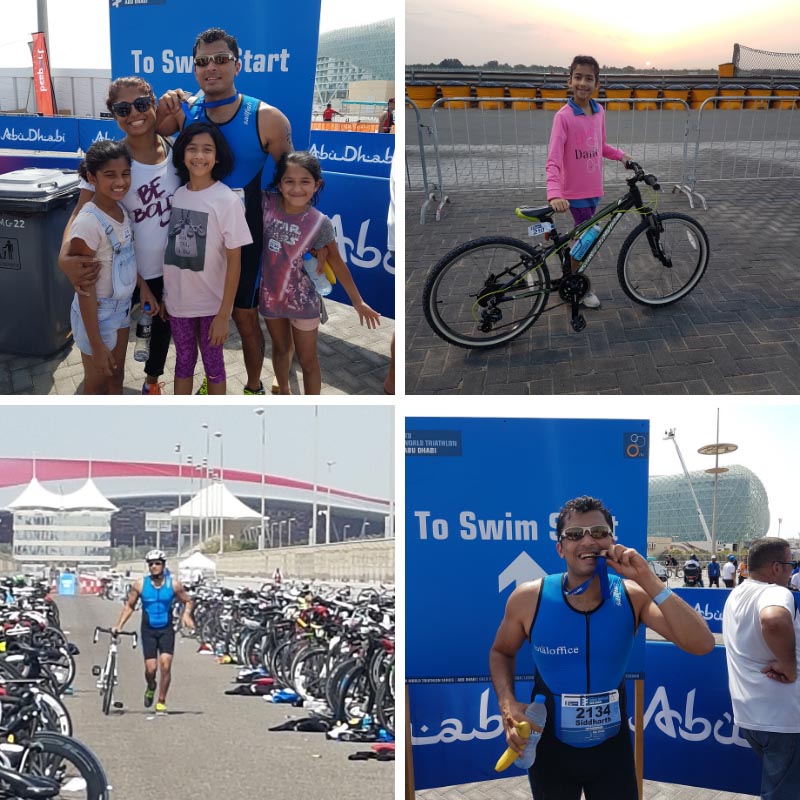
I had no plan, no idea of nutrition, I wasn’t physically or mentally ready all I knew was I couldn’t quit. Most businesses aren’t too different, it's a want that gets most businesses started and planning is usually a lesson that entrepreneurs learn along the way.
Three years later running down the red carpet at Ironman 70.3 on Feb 7th 2020 was an emotional one, however relief was a close second! Like most things in life, friends, family and colleagues often see accomplishments as a single event; very seldomly as a process spanning months of training, discipline and sacrifice.
The realization that each of those distances (1.9km swim, 90km bike & 21km run) scared me to death; was a good enough reason to sculpt the next version of yourself.
“If you do what you’ve always done,
you get what you’ve always gotten”
- Tony Robbins
It was a huge leap in fitness and endurance and I had to make sure I had the right support team. I reached out to a coach soon after my epic fail three years back and was lucky enough to get two ensuring planning, advice and support were all part of the next attempt.
Sharing the goal with a coach/mentor is as exciting for them as it is for you. Needless to say he was thrilled at the opportunity to be a part of that journey and I was equally fortunate to have a few neighbours who had similar goals, which lead to you guessed it another ‘whatsapp group’. The team was set, three neighbours and a coach! - I had now surrounded myself with people who could help get me there, leaving just the hard work to be put in.
Physical + Mental + Nutrition = Success
Physical
Triathlons have three disciplines (as the name suggests), swim / bike / run. Each of them have to be worked on as individual disciplines and as each of them get stronger, you start pairing them up into brick sessions (two disciplines in quick succession) and eventually start doing races where all three disciplines and transitions (changing apparel / gear between each discipline) come together to get you across the finish line.
People usually take up triathlons when they believe at least one of the disciplines are a strength, which leads to strengthening one or two disciplines only. I, on the other hand disliked endurance racing and couldn’t understand the need for anyone to even run 10km, after all what was the point? In 2016, I decided to challenge some of these beliefs; with fears of open water swimming (sharks, priannahas anything really) and a torn ACL, suffering was definitely on the menu.
Five most common Triathlons distances:
- Super Sprint - 375m swim, 10km bike, 2.5km run
- Sprint - 750m swim, 20km bike, 5km run
- Olympic - 1,500m swim, 40km bike, 10km run
- Ironman 70.3 (Half Ironman) - 1,900m swim, 90km bike, 21km run
- Ironman - 3,800m swim, 180km bike, 42km run
Ironman 70.3 (the number denotes the miles you cover during the race) stretches a distance of 1.9km swim, 90km bike and 21km run. Each of the distances are daunting in itself, but stringing them together can seem like a herculean effort on any given day, which is why strengthening your mind is equally important when you go beyond your limits.
Mental
Triathlons, being individual sports, gives you a lot of time in your head. The race with yourself is won and lost instantly if you don’t learn how to manage the “monkey” mind. I am fortunate to have a few neighbours in the community as triathletes. None more popular than ‘Team Angel Wolf’, Nick who said the only way to shake off any nerves was to sign up to as many races as you can do.
The first thing to do was to make sure I signed up for the race and committed to it. Ironman sold out in 48hrs and I was lucky to get one of the last spots available. Now that I was committed to it, I set about planning every race that I could participate in from September 2019 to January 2020 to ensure I build the capability and the confidence leading up to the race.
Very often people tend to avoid doing something because they don’t believe they have the capability to do it, but fail to realize that committing to it is what ends up building the capability for it.
JodieRogers.com, StrategicCoach.com
Nutrition
Triathlons stretch a long time, especially if you are a novice at it. Ensuring you are fueling during disciplines (bike / run) can make the difference between a strong finish or one where crossing the line seems more of a prayer than a reality.
An average race can consume 2,000 calories to 6,000 calories depending on the distances that you cover. Fueling every 30 - 45 mins ensures that you don’t build up a calorie deficit that can hamper performance. Companies like GU Energy, Stealth etc have this mastered nutrition of endurance racing to a science. Training and experimenting with each brand reduces the possibilities of a surprise on race day! The math of balancing calories, hydration, caffeine and amino acids to keep you moving like a machine can get quite complex.
The Wall
"Everybody has a plan until they get punched in the mouth."
- Mike Tyson
Some of the best laid plans however can seem to come undone quite quickly. My first olympic distance of the season was on October 4th - the sky was overcast, the weather was a cool 21°C at 6am and the water temperature was perfect. The start gun went off and everyone leaped into the water for their 1,500m swim. In a few minutes of swimming all I saw were jellyfish everywhere. I began to panic, my breathing quickened and my swimming came to a complete halt. I treaded water for a few seconds and then realized that no one else had stopped. Very quickly you realize you are at a crossroads of decision making; If I pulled out of the race, I wouldn’t know what an olympic distance feels like and would have to bank on the only other one left in the season to gauge against. This wasn’t an option, so I continued with moving jelly fish with every stroke I took - a novel feeling to say the least.
No stings in the first few minutes and everyone else seemed to be continuing with it so did I, till I hit the second half of the swim loop close to shore; I got peppered in the face, neck and back with jellyfish stings (sea lice) and then had to take a conscious call if I wanted to stick with it or call it a day, another decision making moment. I remember telling myself, ‘if one goes in my mouth, I’ll call the race off’.
After finishing the swim, I had no visible signs of stings so I continued on the bike and what seemed like a very long run! The next day was not so normal, with hives appearing in every area I was stung, made it near impossible to train or sleep for the next 10 days. I had to miss the next scheduled triathlon due to the reaction, but learned a little more about myself as a result of it. Staying focussed on a bigger goal makes a lot of obstacles seem like small road bumps along the way.
Commitment, Work and Family
Adversity comes in many ways, a change of circumstance, a lack of planning, a lack of execution or just not enough experience. Over the months following I had to build up volume of bike rides and runs during weekends, early morning and late evening on weekdays, while squeezing 12 hour workdays and family life through it. The only way I kept my sanity was planning for the week ahead and taking it an hour at a time.
My first 100 km bike ride came early December, a ride that never felt like it ended. It took me 3hrs 45mins to complete it leaving me absolutely shattered and relatively useless for the rest of the day. Most of my weekends in December were spent racking up the kilometers of training to ensure I was comfortable with the distances on the saddle, which included Christmas and New Years Eve.
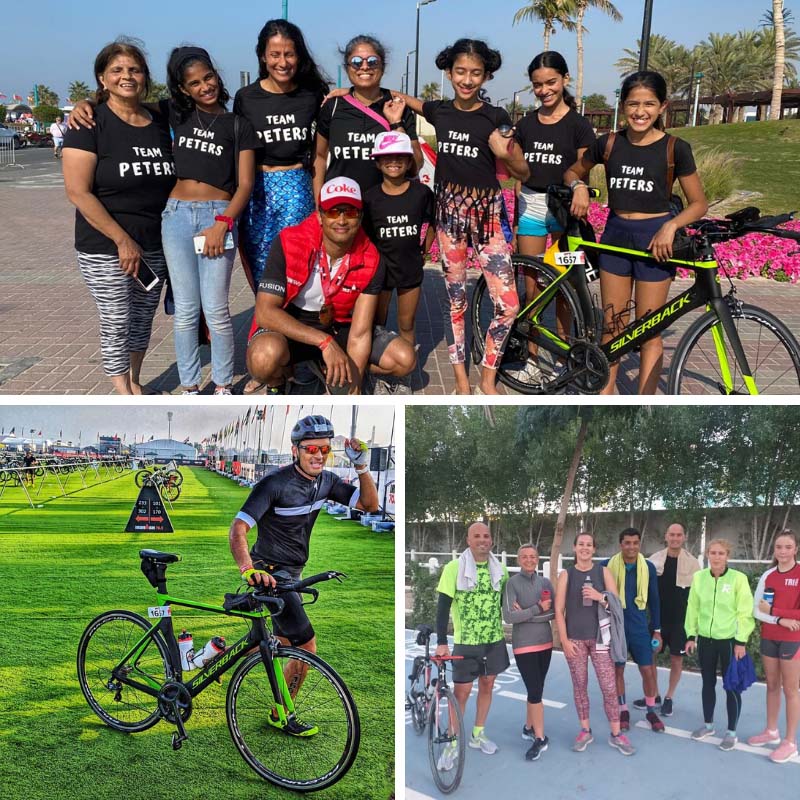
The only distance left was the half marathon. I was anxious going into my first half marathon, having run only as far as 12km prior. With a work event on the eve of my first half marathon, ensuring I was present in both spaces was not easy. Leaving at the stroke of midnight, I had to make peace with the fact that sleep was only going to be 3hrs long.
Before long I was up and in a car driving to the race at 4:30am. I learned a very big lesson that day. Sleep is as important as the physical, mental or nutrition. At the third km itself I felt exhausted and couldn’t understand how I was going to get through the remaining distance. I was left in the unenviable position of realizing this was my only half marathon before ironman and if I quit now I was never going to know what had to change to make a successful run. I slowed my pace down, organized myself mentally, thought through the nutrition, the course and the distances and took it a kilometer at a time till I got to the halfway mark, at which point you start to count down the distance which is a welcome relief.
Spotted my coach at the 20th kilometer who yelled a few encouraging words at which point the run turned into a sprint to the finish. It took me three days to recover from that run, a telltale sign I had a long way to go in training and still struggling mentally to put the disciplines together..
"There is only one way to eat an elephant,
one bite at a time"
- Desmond Tutu
A couple of years ago, I couldn’t understand why anyone would run these distances and here I was paying to do it. A realization through the months of training was that showing up was half the battle. All I needed to do was follow instructions & check my ego at the door, which seems simpler than it looks. There were many occasions when quitting seemed simpler with everyone in our training group faster than me you had to constantly remind yourself that you are there to learn and improve and that everyone has different strengths and experiences; No one started yesterday and as long as you keep showing up to train you will be the faster one someone else aspires to catch up to.
The Race
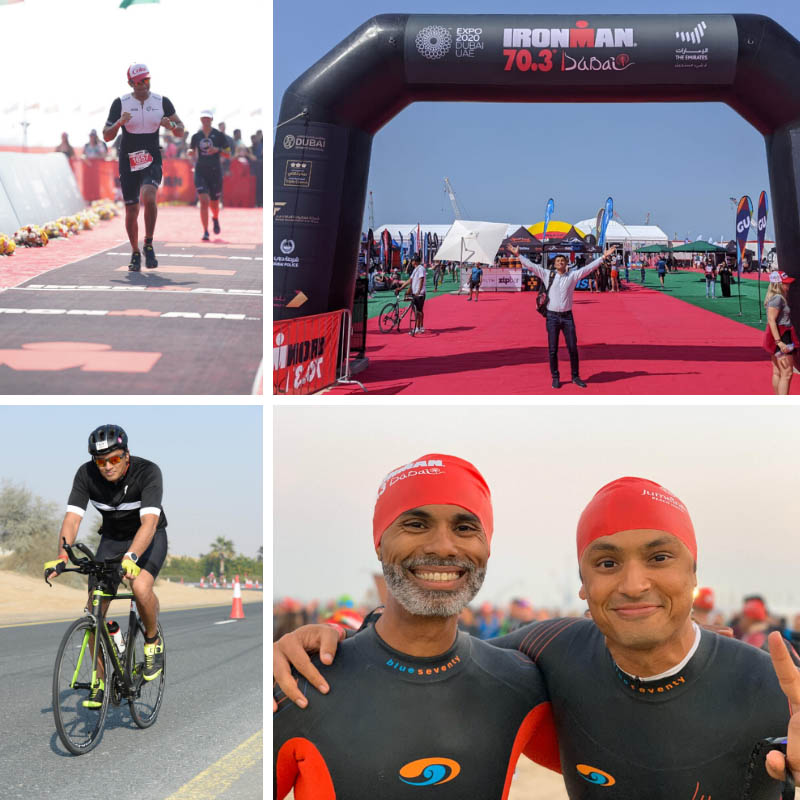
Get plenty of sleep! That’s all I kept telling myself ahead of the longest endurance race I’ve been a part of. With the alarm set for 4:15am & my bags packed and ready the evening before I felt ready. Before long it was 4:45am and I was seated in the car with my team mates; there’s a sense of calm or quiet anxiety in the car as we head to the venue. Everyone sipping on water trying to stay hydrated while mentally imagining every step of the course over and over again. Every undulation of the bike course, choppy waters and crowds screaming when you cross the finish line.
Fast tracked through all the formalities with 45mins left to start time, I decided to get into my wetsuit on and check my bags in. I see a familiar face at bag check - Rickson, who proceeds to crack jokes (as he does) and lightens the mood up. It's still dark outside (around 6:15am) as we meet up with the team for some quick photos, pep talk and start making our way to the beach which got brighter with every minute.
It's 6:30am and rock music starts blasting on the speakers which really helps cut the tension. Kristen our ex-swim coach magically finds us among 2,500 other athletes with hugs, words of encouragement and reminding me to get my breathing in rhythm, a few minutes later I am joined by my family dawning the shirt Team Peters, who also magically spots us among the crowd for some quick hugs.
I’m in the middle of the pack now with my game face on as I inch closer to the start line. With a final fist bump, a tap of the garmin and we are off.. Moving through the few metres of sand, I hear OZ (brother-in-law) "Come on Sid!!" and that was all you needed to get into the water feeling like Michael Phelps.
The freshness of the water hits your face waking you up and off I went. Constantly ensuring that my breathing was not rushed, I took one stroke after the next; not really sure where the turn off was, I proceeded to swim with whatever pack was around me, matching stroke for stroke and very pleased that the wetsuit didn't require much effort.
Finally seeing the green ROKA inflated triangle, it became clear that we had hit the midway mark. Strangely I found myself shifting gears to an easier pace. I'm not really sure if it was because I was tired or I felt I needed to manage my energy. The group kept getting thinner only to realize I found myself swimming away from the pack on the way back, while this kept me focused on my stroke, I kept wondering if I had actually moved further from my course? The last 100m was finally in and I amped up the power to get to shore. It was a great feeling and had the family to welcome me on the shore when I got in!
The transition was extremely busy and moving through it wasn't as straightforward as any of the other triathlons I've been in. I spent an enormous amount of time putting my kit on - Ran halfway to the bike and realized I didn' t have my sunglasses on, spent another minute running back to my bag, fetching them wondering what a tremendous waste of time this all had been.
The transition was soon behind me and with a cool 19C, seemed like a great start for a 90k bike ride. While navigating my way to the long highway, I immediately saw two cyclists with flat tyres and was immediately looking for glass or other sharp objects to avoid. Changing a tyre so early in the race would have felt devastating.
The bike was far more enjoyable than I could have imagined, with the temperature ranging from 19C to 24C (on the last mile), hydration wasn't going to be a major concern. Ensuring I ate & had my nutrition in during the bike leg was the most important task. I kept reminding myself that even though it all felt good, the bike was where I had to get my nutrition right.
“The time to repair the roof is when the sun is shining.”
[State of the Union Address January 11 1962]”
― John F. Kennedy
Before long I was on the familiar strip of "The Stick" the friday weekend morning bike rides that had me joining the neighbours for a 50, 75, or 100km bike ride. The view was familiar but the ride felt very different on the road. I felt I was picking people off slowly, which was a relief considering I'm usually the last person from our cycling group lagging behind. Approaching the halfway turnpoint I spotted Rickson, who I'd caught up with. We had a couple of short conversations on the race so far and then proceeded to race each other for a short stretch, before I pulled away to reach the last 15km stretch. Sitting on a saddle for that long definitely took its toll and having a few extra seconds to put on bike shorts definitely felt like the smarter move.
With the last bridge to cross, it finally felt like the homestretch. The surprise over the last bridge was a wall of wind that hit me as if the wind direction had suddenly turned. I had my eye on averaging 30km/hr, but that was quickly starting to become an impossibility.
I was soon out on the run course without much fuss, with hundreds of cheering fans, it wasn't long before you heard your name being yelled out which got you out on the first hundred metres in a hurry. It was mid day and I took the time to soak it all in and acknowledge the cheers and quite surprised to see me run quick early in the race. Naively I thought it was going to last.
Within a Kilometer of leaving the screaming crowds, my energy suddenly dipped and I found myself in a very strange headspace. I quickly ran some calculations and it didn’t look promising with nineteen odd kilometres to go. Feeling the fatigue of 4hrs of racing suddenly weighing in like a lead weight hanging on my shoulders; I talked myself through from aid station to aid station, without stopping, till I got to the 7k mark, the first turn around. The sea breeze was non-existent, the crowds had disappeared and the heat had climbed to 30C. I remember asking myself "If I had this course at my doorstep, what stopped me from coming here to practice this?" Having no answers, I realized I had to muscle my way through this. This was no longer a run but felt quite quickly like a death march.
At the 11k mark, the right foot and calf started to cramp; with ten more kilometers left this was as much physical as it was mental. I soon resigned myself to the fact that the aid stations were all going to be walking stations. The water had run out leaving only coke and Gu gels, which left me wondering what the remaining participants were going to have to hydrate themselves?
It was 1:30pm and I had another 7km to go. Knowing you had another 7km to go didn’t feel great and every walking stop needed a herculean effort to get running again.
Finally the last kilometer was ahead of me; my legs magically started moving again with renewed energy; the mind suddenly decided we were at the end and it's best if we got there a bit faster; the body seemed to agree. It was 2:30pm, with the heat at its peak, but strangely my pace got quicker.. When I saw the red carpet in the distance, I was elated, spreading my arms like a make believe plane landing on the runway, fist pump, wave to the crowd and pointing at random people all felt natural.
The last 10m had the whole family there cheering me through. For some strange reason I felt I needed to dunk a basketball and aligned myself for the leap, only to realize I might end up smashing the screen hanging from the top rail. It was the finish I wanted, I was excited and thrilled and fatigued all together - It didn't matter, I had crossed the line -
Looking back I realized - You don’t have to always know how you are going to get there when you first sign up, however, building a level of consistency in training along with good habits which included staying hydrated, getting plenty of sleep and a lot of planning is all part of the process - Three years ago a Sprint distance had my mind in knots and now completing an Ironman 70.3 which once sounded ridiculous had become a reality!
"People Tend To Overestimate What Can Be Done In One Month And Underestimate What Can Be Done In Five Or Ten Years"
- Bill Gates
